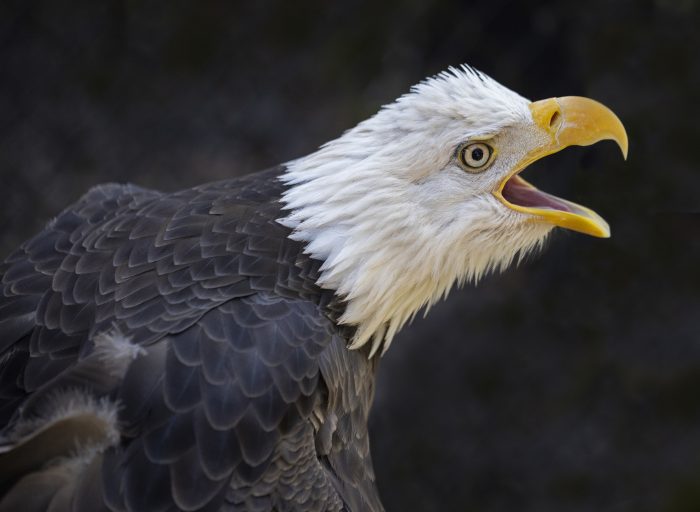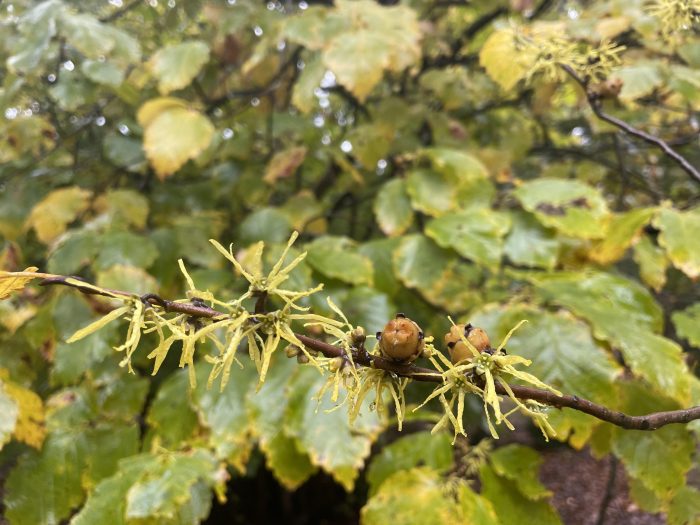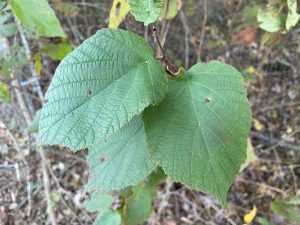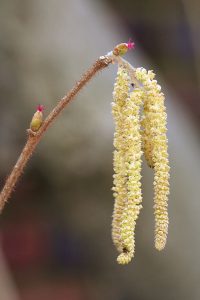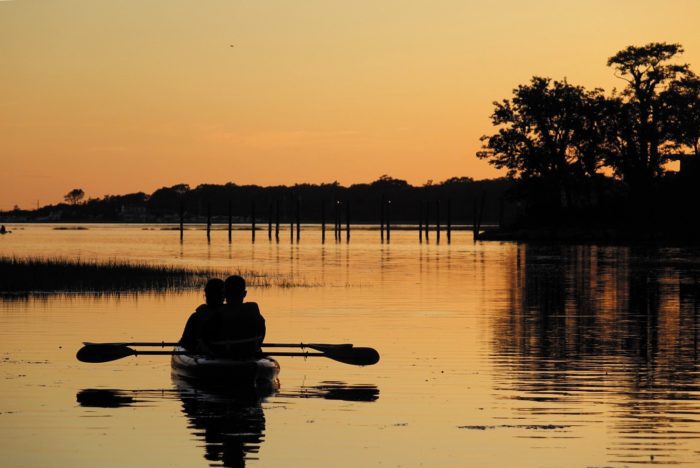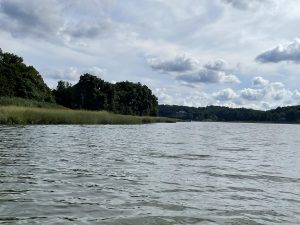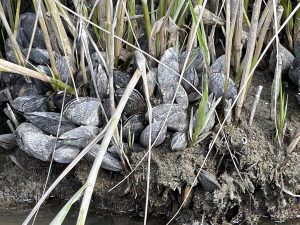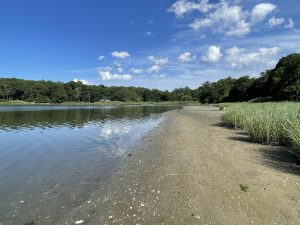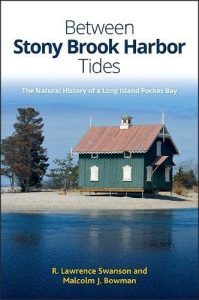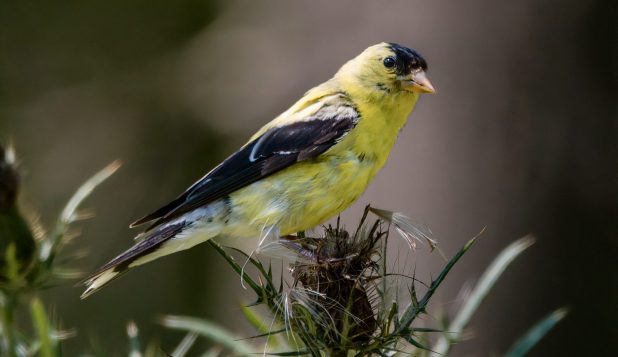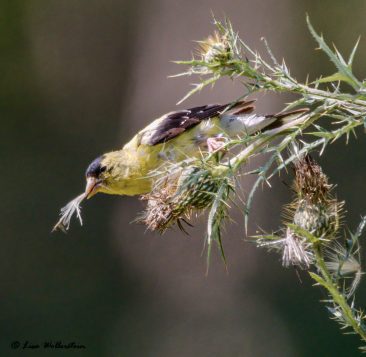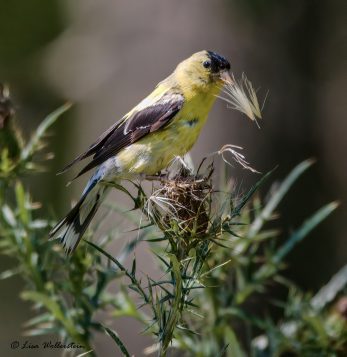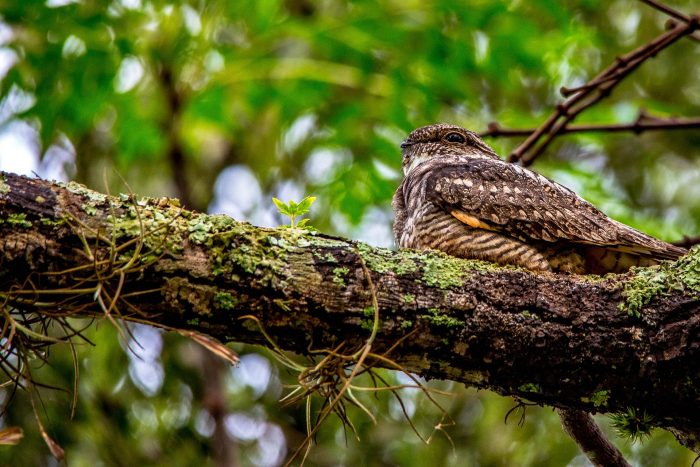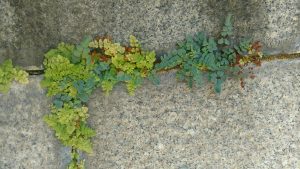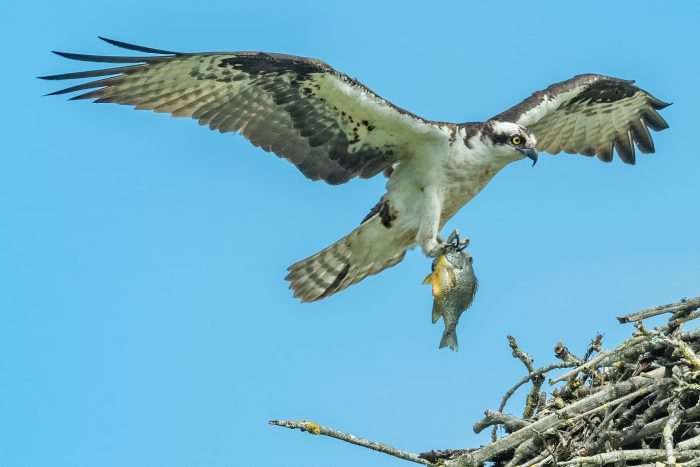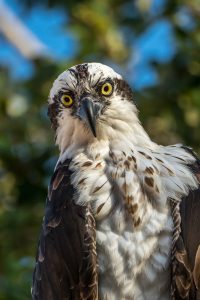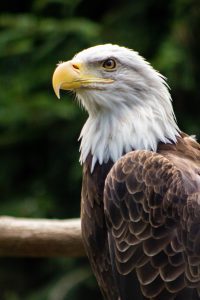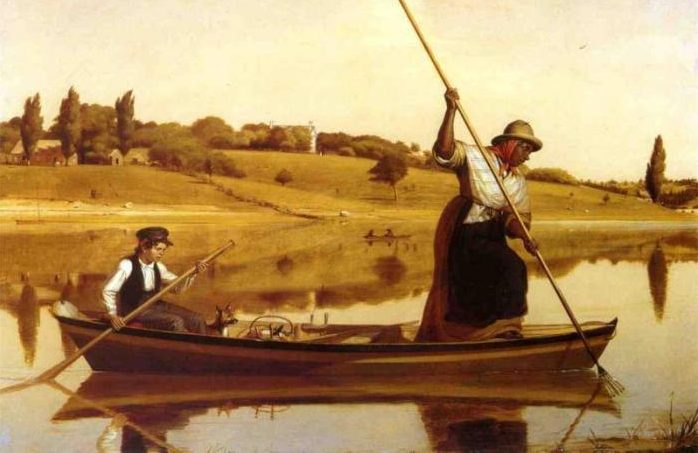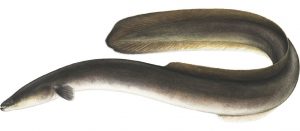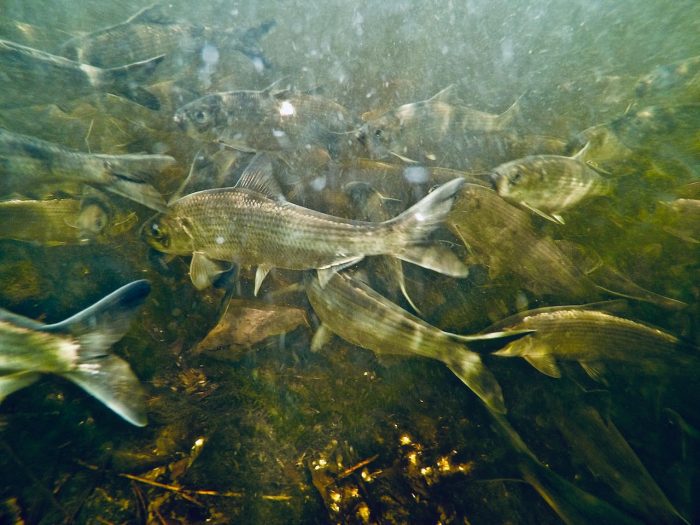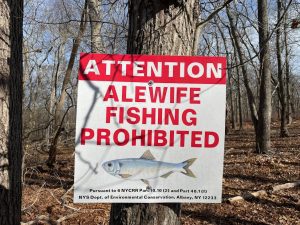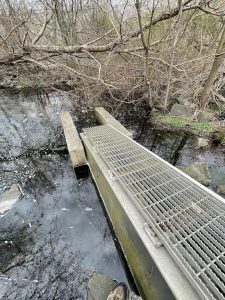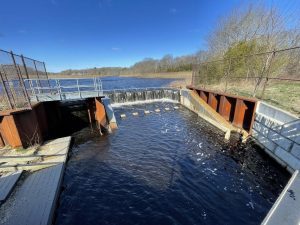By John L. Turner
“There are no passengers on Spaceship Earth. We are all crew.”
— Marshall McLuhan, Canadian Philosopher and Media Expert

Walking through the backyard to add some coffee grounds and banana peels to the compost bin, I looked up to see, to my surprise, an adult Bald Eagle circling over a phalanx of maple trees. A splendid white head and tail shone brightly, sandwiching a massive dark body and wings. For each of the first several circles it became partially hidden by the maples halfway through its arc but soon broke out entirely into the sky of blue before slipping north.
I was uplifted by this chance experience, not only by the presence of the eagle itself, but for what the eagle represented — resilience. I knew full well that were I to have walked to the compost bin anytime from the 1960’s through the 1990’s I would have little to no chance of spotting an eagle because they were very few in number.
Hammered by the widespread use of DDT, a persistent pesticide once viewed as a miracle chemical, Bald Eagle populations plummeted from the late 1950’s through the late 1970’s. There was a real fear this bird of prey would be extirpated in the lower 48 states and perhaps disappear entirely — yet another extinct species in the sad legacy of human impact to other inhabitants of the planet.
Scientists soon determined that DDT interfered with the ability of eagles and other birds to make eggshells. In some cases they laid yolks with no shells at all; in most cases the shells were thinner, often cracking or breaking under the weight of the incubating adult. The species got a reprieve with the federal ban on the use of DDT by the Environmental Protection Agency, a campaign, by the way, that has its roots in Setauket, where the Environmental Defense Fund, which led the charge, was born.
But half a century after DDT’s banning, we are witness to the result: Bald Eagle populations are surging, as evidenced by its 2007 demotion from the federal Endangered Species list. Today, there are more than a dozen active eagle nests on Long Island as this iconic species re-establishes its historic presence here. Other impacted species, like Peregrine Falcons and Ospreys also high on the food chain, have rebounded too and are more common than they were decades ago. As these species illustrate, bad environmental outcomes can be reversed (i.e. if they are reversible, unlike outcomes such as extinction).
The reversibility of environmental problems and the resilience of natural systems is highlighted by two well-known examples that helped usher in the modern environmental movement: The blanketing haze of air pollution that choked the residents of Los Angeles during the 1960’s and Ohio’s Cuyahoga River catching on fire (yes a river catching on fire!) in 1969, fueled by copious amounts of oil dumped into it. Today, the air is much cleaner over Los Angeles as is the water in the Cuyahoga River, although there is, no doubt, still room for improvement in both places.
With the passage of the Clean Air Act in 1970, the nation began on a path toward markedly better air quality. Factories and incinerators were required to install pollution control equipment as were mobile sources like trucks and cars. Cars were equipped with catalytic converters which break down pollutants. Today, despite there being more stationary sources like factories and Americans driving considerably more miles and more vehicles on the road, concentrations of the top six pollutants such as particulate matter, volatile organic chemicals, carbon monoxide, nitrogen oxide, ozone, and sulfur dioxide have decreased by more than 75%.
Another metric highlighting the improvement in air quality is reflected by the reduction in the number of “unhealthy air days” tracked in 35 major American cities. In 2001 there were 2,155 such days collectively in these cities; by 2019 the number had dropped to 466 (it has jumped up slightly in the last two years due to the numerous western wildfires).
And we can thank the federal Clean Water Act (passed in 1972 we celebrate its 50th anniversary this year), for marked improvements in the quality of the nation’s waters. Although more progress is needed, we have made great strides in meeting the Act’s goal to “restore and maintain the chemical, physical and biological integrity of the Nation’s waters,” or as its goal has been better understood to say: “to make the nation’s waters drinkable, swimmable, and fishable.”
And these briny waters surrounding Long Island that we like to swim in and boat on are clearly cleaner than they were decades ago due to sustained governmental efforts catalyzed by the Clean Water Act. For example, if we jump to the Island’s North Shore and focus on the Long Island Sound we find water quality and overall environmental conditions have significantly improved since the 1980’s when collective intervention by the federal and state governments began to reverse downward trends in water quality. Foremost among these troubling signs were low to non-existent levels of dissolved oxygen (DO) levels (referred to as hypoxia and anoxia, respectively) suffocating bottom-dwelling species such as crabs and lobsters.
These conditions were caused by too much nitrogen entering the estuary, mostly from sewage treatment plant (STP) discharges. The nitrogen set off algae blooms, events which pull DO out of the water column when the algae decomposes. Today the duration and areal extent of hypoxic conditions in the Long Island Sound are markedly lower than several decades before because of the many operational upgrades made at STP’s that reduce nitrogen levels in wastewater.
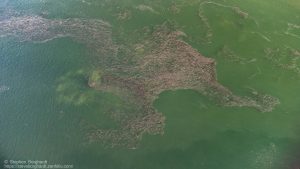
An example of ecological recovery is being played out in the coastal waters around Long Island, most notably in the Atlantic Ocean along Long Island’s south shore. This story involves an oily fish — the menhaden — that a lot of other fishes, birds, and marine mammals like to eat. The fish, also known as bunker, has prospered ever since the state several years ago banned their commercial harvest in New York waters. Schools of fish ranging from tens of thousands to millions of fish frequent the nearshore waters of the South Shore (these schools are easily recorded from aerial drones and the videos posted on YouTube).
This largess has attracted humpback whales that are regularly seen close to shore, with their characteristic feeding behavior of breaking to the surface with an open mouth in the middle of a large school of fish. Aerial videos captured by drones show large fish in the form of various shark and tuna species swimming through these schools. Eagles and ospreys feed on menhaden as they move into bays, harbors, and the mouths of Long Island’s countless rivers and streams. The passage of an important state law has fueled a resurgence of marine life in the briny waters around the island.
Given the many environmental afflictions we currently face, what are the take away lessons from these examples? Some might conclude the lesson is a permission slip or a continued license to pollute since Nature often has the ability to restore itself, so what’s the harm? I prefer to think that the resiliency of Nature means, more profoundly, that we live in a world of second chances, that environmental problems need not be depressingly intractable and irreversible, but can be successfully ameliorated. In many cases, recent history has proven we can right environmental wrongs.
What are the ingredients necessary to achieve success in turning around an environmental problem? I think a person or individuals persuasively spotlight a problem and others in a position of power or authority to do something about it.
People like Rachel Carson who revealed the dangers of widespread pesticide exposure to wildlife and EPA Administrator William Ruckelshaus in a position to do something about it through the national ban on the use of DDT. Or staff within organizations like The Nature Conservancy explaining the ecological value of menhaden in coastal ecosystems to key individuals like New York State Assemblyman Steve Englebright who introduced and secured passage of the legislation to shut down the commercial harvest of menhaden in New York waters.
And here’s the really good news — the first ingredient of this formula lies even closer — in the latent power possessed by you and me, if we’re unwilling to accept a dying and unclean world, but, instead, demand a planet vibrant and alive, one filled with whales and menhaden, eagles, clean air and water, salamanders in woodland pools, bees in wildflower-filled meadows, and piping plovers sharing our beloved beaches, keeping all the while in the back of our mind a recognition from past experience the damage that has been done to this resilient planet and its inhabitants doesn’t have to be permanent — often it is in our power and ability to reverse it, and in fact, to paraphrase McLuhan: “it is our responsibility, all being part of the crew, to do so.”
A resident of Setauket, John Turner is conservation chair of the Four Harbors Audubon Society, author of “Exploring the Other Island: A Seasonal Nature Guide to Long Island” and president of Alula Birding & Natural History Tours.

